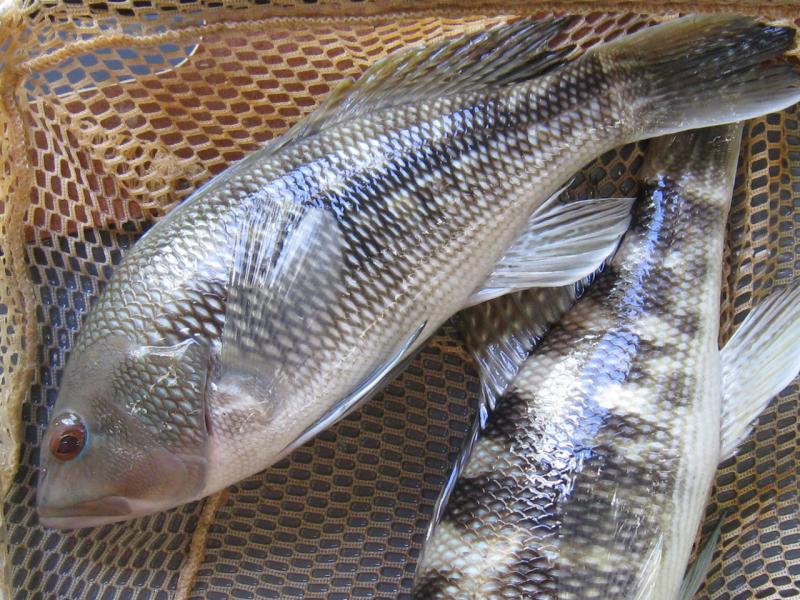In an effort to ensure maximum compliance with the closing of the recreational Federal black sea bass season in the EEZ of the Greater Atlantic Region (GARFO), NOAA’s Office of Law Enforcement (OLE) sworn personnel will be spending more time speaking to industry leaders.
“We’ve set internal compliance goals, not only within our Northeast Division, but with our state partners, too,” said OLE Enforcement Officer Jed Fiske. “Among our top goals is to ensure recreational fishermen know about and understand the regulations.”
The 2016 recreational black sea bass season in Federal waters opens May 15. However, several states will have later opening dates, and federally permitted for-hire vessels are subject to the more restrictive regulations.
Lt. Wynn Carney, OLE supervisory enforcement officer for the Mid-Atlantic Region, explained that closed seasons are necessary to ensure that “recreational catch does not go over the annual catch limit.” The annual catch limit is based on the best available scientific information, and the regulations (including seasons, minimum fish size, and bag limits) are designed to allow for the growth and development of juvenile fish.
The season applies to the northern portion of the black sea bass fishery, operating from Maine to Cape Hatteras, North Carolina, managed in cooperation with the Mid-Atlantic Fishery Management Council and the Atlantic States Marine Fisheries Commission. South of Cape Hatteras, an area managed by the Southeast Regional Office and the South Atlantic Fishery Management Council, the recreational fishing of black sea bass is permissible all year, with a daily bag limit of five fish per-person and size limit of 13 inches (total length).
“NOAA and the fishery councils and commissions determine the allocated amount of fish for each black sea bass fishery,” said Carney.
Aside from educating recreational fishermen and industry leaders, OLE will be conducting vessel boardings and surveillance operations to ensure maximum compliance. Working with the state partners, the U.S. Coast Guard will be instrumental in this effort in detecting violations and gathering information on non-compliant anglers, as well as vessel operators.
“We’re all responsible for ensuring our fisheries are sustainable for future generations,” said Fiske, adding that while officers and agents will be most interested in closed season violations, they will also be looking into investigations involving violations that could potentially cause significant damage to the fishery or the integrity of the management scheme.
To determine the status of a specific state’s black sea bass fishing season visit https://www.greateratlantic.fisheries.noaa.gov/sustainable/species/bsbass/ and click on “Recreational.”



